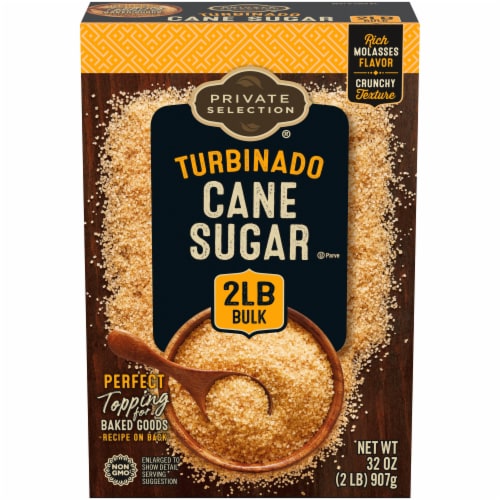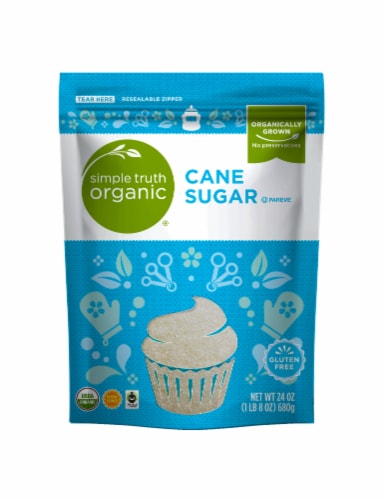Recognizing the Critical Methods and Technologies Employed in Modern Walking Stick Sugar Handling
The advancement of walking cane sugar handling has been significantly formed by the integration of advanced techniques and innovations that attend to both efficiency and sustainability. As we discover these important developments, it becomes vital to take a look at exactly how they not just enhance production yet additionally align with more comprehensive sector patterns and consumer demands, increasing questions regarding the future of sugar handling and its effects for international markets.
Historic Context of Walking Stick Sugar Handling
The historical context of walking cane sugar processing discloses a rich tapestry of farming development and cultural exchange that has actually shaped its growth over centuries. Coming From in Southeast Asia, sugarcane was grown as early as 8000 BCE - Cane Sugar Processing. The process of refining and drawing out sugar obtained energy in India, where approaches for condensation were perfected around the 6th century. This understanding passed through to the Center East, and by the 12th century, sugar ended up being a valued asset in Europe, leading to the establishment of sugar plantations in the Mediterranean.

Advanced Extraction Strategies
Performance in walking cane sugar extraction has actually seen significant innovations, driven by the requirement for higher returns and reduced production costs. This technique not only boosts sugar return however likewise reduces the energy needed for handling.
In addition, the adoption of membrane layer purification modern technologies, such as nanofiltration and turn around osmosis, has transformed the splitting up of sugar from impurities. These techniques enable the discerning permeation of sugar molecules while maintaining bigger impurities, improving the removal process and reducing waste.
In addition, the assimilation of continual removal systems has led to boosted operational efficiency. Cane Sugar Processing. These systems keep a continuous circulation of walking stick product, ensuring ideal extraction problems and lowering downtime associated with batch processing
Ingenious Refining Technologies
Refining techniques in walking cane sugar handling have actually undergone a transformative shift, driven by the demand for greater purity and boosted product quality. One of the most remarkable advancements is the fostering of membrane layer filtering modern technologies, such as ultrafiltration and nanofiltration. These processes successfully eliminate pollutants and colorants without the requirement for extensive chemical therapies, therefore maintaining the sugar's all-natural taste and boosting its allure.
Another considerable innovation is making use of ion exchange resins, which permit for careful removal of unwanted ions from sugar remedies. This innovation not just increases the total purity of the final product however also adds to minimized waste and ecological impact.
Moreover, innovations in adsorption methods, using triggered carbon and other sophisticated materials, have verified reliable in decolorizing read this sugar remedies while maintaining optimum quality. The combination of these innovative refining technologies ensures that makers can generate refined sugar with remarkable clearness and taste, meeting the developing preferences of customers.
Automation and Control Equipment
Current innovations in refining modern technologies have led the way for substantial enhancements in automation and control systems within cane sugar processing centers. These systems utilize advanced software program and equipment to boost functional efficiency, decrease human error, and ensure constant item quality.
Modern automation integrates various parts, consisting of sensing units, actuators, and programmable logic controllers (PLCs), making it possible for real-time surveillance and control of essential procedures. As an example, stress, temperature level, and flow rates can be specifically managed throughout extraction, explanation, and formation stages, maximizing performance and lessening waste.
Moreover, advanced data analytics and machine learning algorithms play a pivotal role in predictive upkeep, enabling drivers to prepare for equipment failures prior to they take place. This positive strategy not only decreases downtime yet additionally expands the lifespan of equipment.
On top of that, automation assists in the execution of Sector 4.0 principles, encouraging sugar mills to achieve greater connectivity and data exchange across processes. Consequently, decision-making becomes more enlightened and dexterous, eventually improving the general competition of walking cane sugar production. With these advancements, the sector is well-positioned to meet expanding global demands while preserving operational quality.
Sustainability Practices in Sugar Manufacturing
Sustainability methods in sugar manufacturing have ended up being increasingly crucial as the click here to find out more market looks for to stabilize economic viability with environmental obligation. As customer awareness grows relating to the ecological effects of farming techniques, sugar producers are embracing cutting-edge techniques to lower their eco-friendly footprint.
One significant technique is the execution of accuracy agriculture methods, which make use of information analytics to optimize resource use, such as water and fertilizers. This reduces waste and reduces the influence on neighborhood communities. Moreover, many producers are transitioning to renewable resource sources, such as biomass from sugarcane by-products, to power their operations, thus reducing reliance on fossil gas.
Water administration methods are additionally essential; rain harvesting and effective watering systems help alleviate water shortage concerns. Cane Sugar Processing. Furthermore, incorporated insect monitoring approaches reduce chemical usage, promoting biodiversity and soil wellness
Company social obligation efforts are emerging, with companies purchasing neighborhood areas and guaranteeing reasonable labor practices. By accepting these sustainability techniques, the sugar sector not just improves its reputation yet also adds to a much more sustainable agricultural landscape, leading the way for future generations.

Conclusion
In recap, modern-day walking stick sugar handling incorporates a variety of innovative techniques and modern technologies that dramatically boost sustainability, yield, and performance. The adoption of ingenious removal and refining techniques, together with automation and control systems, promotes boosted functional efficiency and item quality. Furthermore, the emphasis on sustainable practices highlights a commitment to reducing environmental impact and promoting moral production. Jointly, these innovations position the cane sugar market to meet modern demands while dealing with crucial international challenges.
The evolution of walking cane sugar processing has actually been significantly shaped by the combination of sophisticated strategies and modern technologies that resolve both efficiency and sustainability.The historic context of walking cane sugar processing discloses a rich tapestry of farming technology and cultural exchange review that has actually formed its growth over centuries. Advancements in milling and refining emerged, laying the foundation for modern-day walking cane sugar processing.Refining techniques in cane sugar handling have undergone a transformative change, driven by the need for higher pureness and enhanced item quality.In summary, contemporary cane sugar processing includes a range of sophisticated strategies and modern technologies that substantially boost performance, sustainability, and return.